The Tepeyac Garden, sometimes called the Sacred Garden, is on the eastern slopes of the Cerro de Tepeyac, which is crowned by the Cerrito Chapel and the cemetery. Although it’s known as a pilgramage route, in modern times, most visitors encounter the garden on their way down from the chapel.
The garden presents a giant fountain and water area, sometimes called the Fuente de Quetzalcóatl. According to legend, these areas are the sites of the second and third apparitions in 1531. The heavy landscaping was created to provide a suitable backdrop to the La Ofrenda sculptural group. Consisting of 16 figures cast in bronze, these are arranged in adoration of the Virgin of Guadalupe.
The work was commissioned by the Basilica in 1982. The artist chosen for the work, Aurelio G. D. Mendoza (1901-1996), was himself 82 years old at the time. Known mostly a scenic artist, he’d directed the interior design of the Teatro Metropólitan some 40 years prior to the commission. He also worked as an architect and painter, but here, Mendoza’s experience in drawing a scene to a resultant climax is exceptionally well noted. Mendoza was assisted in the enormous project by Alberto Pérez Soria and Gerardo Quiroz.
The Tepeyac Garden, except on the busiest of church holidays, is normally a quiet corner of the Basílica de Guadalupe. It’s a reflective place, but also a stirring tribute to the events of some 500 years ago.
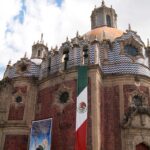
Nearest at 0.07 kms.
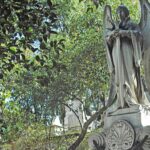
Nearest at 0.08 kms.
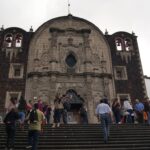
Nearest at 0.11 kms.
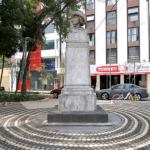
Two historic public spaces in Mexico City's Roma Norte . . .
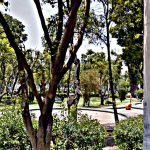
A charming neighborhood park in Tlalpan . . .
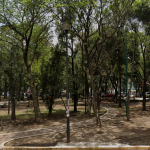
A remarkable period-piece park from the 1960s . . .

A park that comes alive with colorful animals in Tláhuac . . .

An often-overlooked and meticulous fountain and gardens in Chapultepec . . .